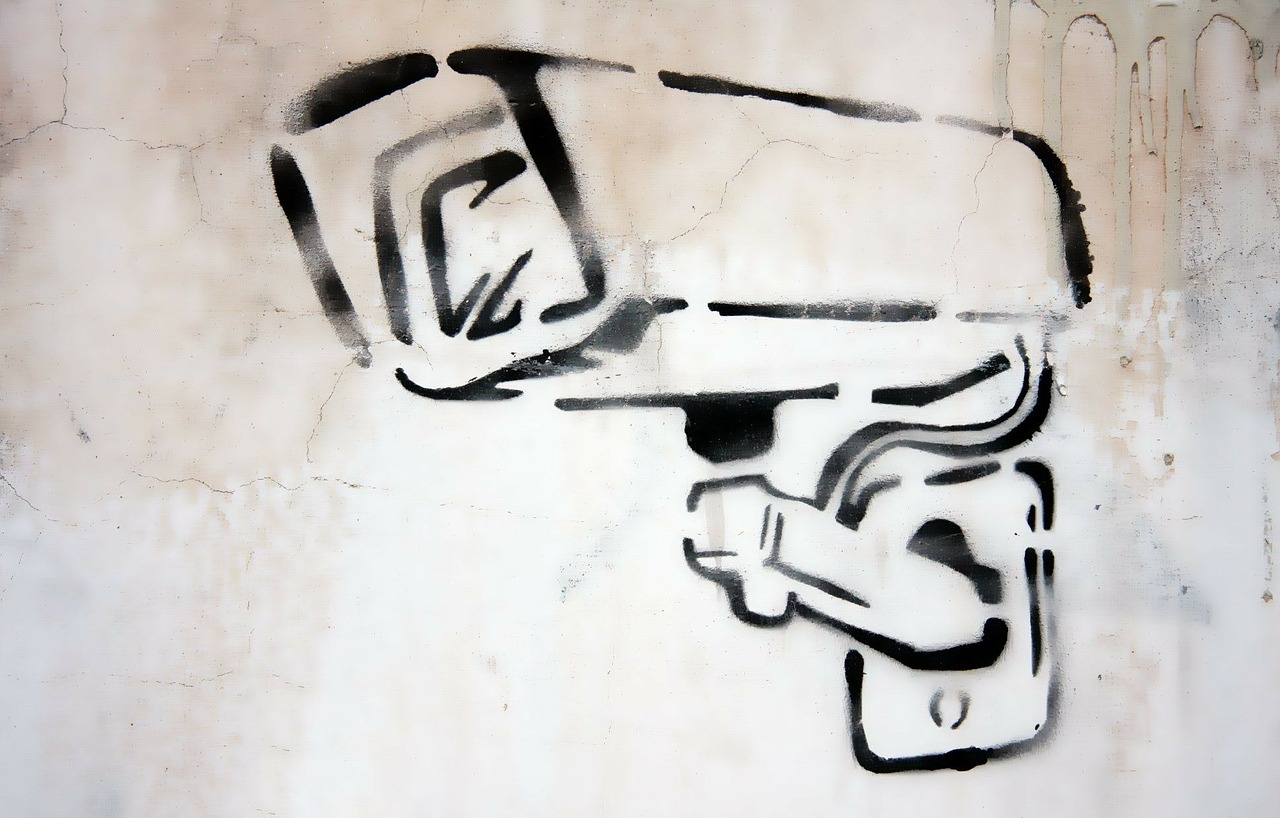Civil liberties groups have backed the conclusions of an investigation into Police Scotland calling for changes to the way biometric data such as photographs are handled by Scottish law enforcement agencies.
A recent HM Inspectorate of Constabulary in Scotland (HMICS) report said the Scottish Government should act to bring the rules in Scotland into line with England and Wales where statutory guidance is already in place to govern how photographs of people are used and stored.
HMICS also argued for the creation of a Scottish biometrics commissioner to provide independent oversight and deal with new ethical issues that the authorities face as technology, such as automatic facial recognition software, develops.
At present, there are few rules governing how Police Scotland uses photographs of Scottish citizens. Police Scotland can currently store photographs of people living in Scotland for up to twelve years, even if they are never found guilty of a crime.
Pol Clementsmith of the Open Rights Group Scotland welcomed the HMICS report and said Scotland needs its own independent biometrics commissioner to protect the rights of citizens as new technologies become more widely used.
He said: “This report highlights some disconcerting facts about how facial recognition technology could potentially be misused by Police Scotland.
“Whilst there is a statutory framework in Scotland to deal with how fingerprints and DNA are regulated and retained there are currently no laws in place to deal with biometric images obtained using facial recognition . Yet this technology continues to be used, every day, without proper legislatory oversight.”
“This is unacceptable, especially in light of the intrusive nature of this powerful technology which will no doubt become the staple of future law enforcement.
“More importantly, unlike our neighbours in the rest of the UK, Scotland does not have its own Biometrics Commissioner in post to provide a modicum of protection to Scottish citizens.”
Mr Clementsmith also highlighted the lengthy periods that Police Scotland currently retain images for.
“We also have concerns about the retention by the police of thousands of images of Scottish citizens for up to 12 years,” he added.
“This not only includes people who were suspected of a crime – or individuals who have been charged with a crime but found not guilty – but images of folk, like you and members of your family, who have never, at any time, been in trouble with the authorities.”
HMICS confirmed that images of at least 334,594 people held by Police Scotland have been uploaded to the Police National Database, which law enforcement agencies throughout the UK have access to.
Its investigation follows growing concerns over the increasing use of technologies that can automatically identify and track people as they move around, either using facial recognition technology, or other biometric profiling methods, such as gait analysis.
The Ferret recently highlighted concerns that there are currently few rules in place that govern the use of a new £12.6m CCTV system in Glasgow that has the ability to automatically track the movements of people as they walk around the city.
Richard Halley, Chair of Scotland Against Criminalising Communities (SACC), also backed the HMICS recommendations. He said: “SACC supports the HMICS recommendations.
“In particular, we strongly support the recommendations for the creation of a Biometrics Commissioner for Scotland and for a statutory code of practice for the use of biometric data in Scotland.”
Alison McInnes, Justice Spokesperson for the Scottish Liberal Democrats said that it was time for the law to be changed and that Police self-regulation must come to an end.
She said: “Fingerprint and DNA evidence have been mistaken in the past, leading to innocent people being falsely identified and miscarriages of justice. We warned that without a robust legal framework the same could occur with the use of our images.
“Facial searches have the potential to be a useful policing tool in detecting crime and making our streets safer. But, like fingerprints and DNA it is essential that its use is properly managed.
“The law needs to play catch-up. It is clear that an independent commissioner, an end to self-regulation and a clear code of practice, as recommended by HMICS, are now needed to help protect people’s privacy and civil liberties.”
Commenting on the release of the HMICS report HM Inspector Derek Penman emphasised that new and emerging technologies mean that clear rules and safeguards are needed to “future proof” their use.
He said: “Our review has highlighted opportunities to strengthen the existing legislation and introduce independent oversight of the police use of fingerprints, DNA and photographs of people taken into custody in Scotland.
“We believe that a Code of Practice and new legislation would provide greater clarity and safeguards for the public as well as clear and transparent operational guidance to police officers and staff.
He added: “New and emerging technologies will increase the value and potential of biometric data and we believe that the introduction of a Code of Practice overseen by a Commissioner could safeguard and future proof its use.”
A Scottish Government spokesperson said: “The Scottish Government welcomes this review by HMICS. We will now reflect on the report and consider with stakeholders how best to implement the recommendations.”














